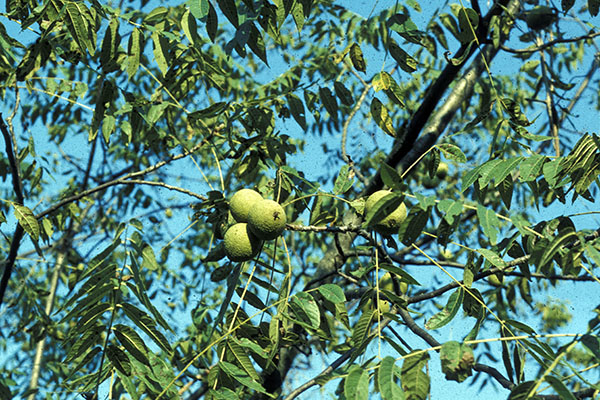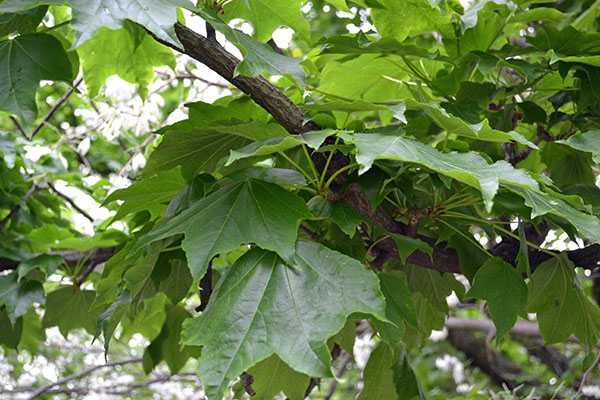Juniperus communis
Common Juniper
Throughout much of the world's temperate areas. Native in the United States from New England south to North Carolina.
Spreading shrub or small tree.
Full sun and well-drained soils are ideal, but the plant will also thrive in poor, rocky soils. This is a tough plant for windy, harsh sites.
Landscape use depends on the form of the particular cultivar. Can be used as ground cover or mass in harsh sites with poor soils. Best reserved for these difficult sites, as other plants will give better display in better sites.
Individual leaves are always needlelike, .125 to .5 inches long. Leaves are concave on the upper surface with a broad white band that may be separated by a green mid-vein at the base of the leaf.
No obvious buds.
Young stems are triangular in cross section. Mature bark is reddish brown.
Dioecious, insignificant.
Female cone is spherical approximately .25 inches in diameter, dark blue or black and covered with a waxy bloom. Plants are typically dioecious.
Seed, or cuttings for cultivars, sometimes grafted.
'Prostrata': Procumbent form that is approximately 1 foot tall and 4 to 6 feet wide.






